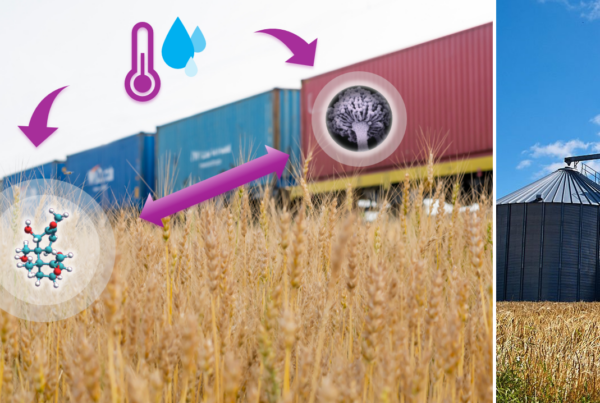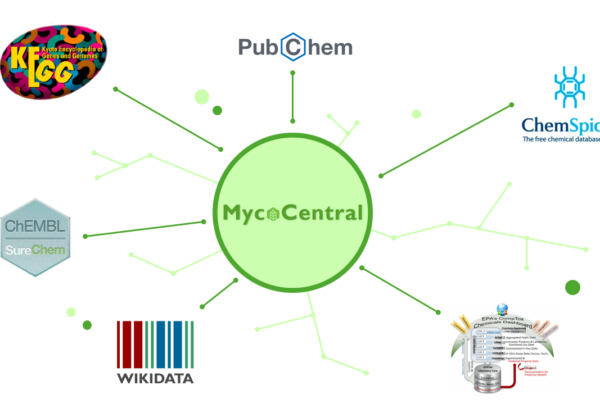A study in France confirmed the biological activity of macroalgae specific extracts on liver function.
Algae are being increasingly explored for their nutritional, structural and biological properties. For 20 years, Olmix has developed marine biotechnology for Animal and Plant Care. Olmix is specialized in the identification, characterization and extraction of specific MSP® (Marine Sulfated Polysaccharides) from green, red and brown macroalgae. Among them, a type of MSP® with anti-hyperlipidemic properties was identified and is being used in poultry production for its capacity to stimulate digestion, thanks to its action on the bile acid cycle and lipid metabolism.
Properties of MSP®s
The specificity of MSP® stands in the complexity of their structure (Figure 1).
- MSP® are branched hetero-polysaccharides, meaning that they have 3D structure and are composed of various sugar units (including rare ones like rhamnose).
- These sugars can be sulfated, conferring them a special reactivity.
- All these parameters show a structural similarity with polysaccharides from the animal kingdom (such as heparin), explaining MSP®s unique biological activities.
The different biological activities of MSP® (among others immune-modulating, intestinal mucin production stimulating, intestinal integrity reinforcing) have been studied in the recent years. Current scientific publications have shown that some MSP®s have a direct impact on liver functioning.

Figure 1: Marine Sulfated Polysaccharide (MSP®) structure.
These new MSP®s have anti-hyperlipidemic properties which regulate the cycle of bile acids and the lipid metabolism. Bile acid and lipid metabolism in the liver and the intestine rely on complex biochemical signaling pathways, being the activation of specific nuclear receptor, the initial point of these metabolic pathways.
MSP®, a real potent modulator of bile acid and lipid metabolism
The capacity of algal polysaccharides to improve liver metabolism was first evidenced by Pengzhan et al. (2003), which highlighted the capacity of ulvans (sulfated polysaccharides from green algae Ulva sp) to lower the level of liver pathologies of rats (Figure 2) while decreasing their levels of triglycerides (TG), total cholesterol (TC) and LDL-cholesterol and increasing the excretion of bile acids in the feces.
Qi et al. (2011, 2012) also highlighted the anti-hyperlipidemic properties of ulvans by monitoring the lipid profile of the animals. While the positive control group (fed a hyperlipidemic diet) had higher TG, TC and LDL than the negative control (fed a normal diet), and a lower HDL level, the supplementation with ulvans highly significantly decreased TG, TC and LDL levels while increasing HDL level.
In 2015, Qi et al. further demonstrated that the regulation of lipid metabolism by ulvans could be linked with an up-regulation of specific receptor by the algae extract, also pointing out that all ulvans do not have the same capacity to regulate hyperlipidemia (Figure 3).

Figure 2. Effect of various green algae MSP: ulvan extracts (UE) on inhibiting pathological changes in the liver, in comparison with negative control and positive control (inositol niacinate). Scoring: mild = 1, moderate = 2, severe = 3. Different alphabets are significantly different (P<0.05 by one-way ANOVA). Adapted from Pengzhan et al., 2003.
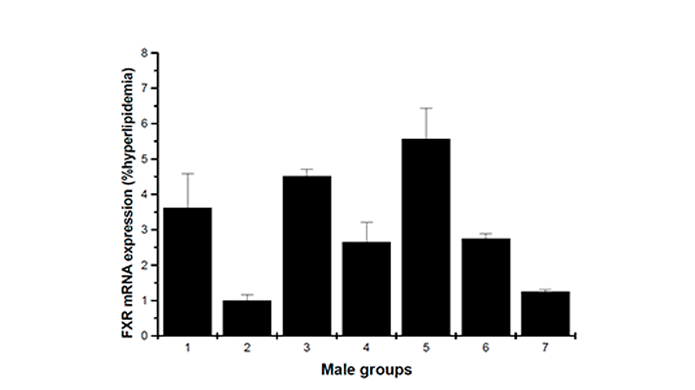
Figure 3. Effect of different ulvan extracts (UE) on specific receptor mRNA expression in the livers of male rats. 1: normal control group; 2: hyperlipidemia group; 3: UE1 (250 mg/kg); 4: UE2 (125 mg/kg); 5: UE2 (250 mg/kg); 6: UE2 (500 mg/kg); 7: positive control (cholestyramine, 500 mg/kg). Adapted from Qi et al., 2015.
In the end, it seems that ulvans have a great potential to regulate lipid metabolism and bile acids cycle by activating specific receptor on one hand, which accelerates the bile acids cycle and by activating detoxifying enzymes on the other hand, which eliminate free radicals.
Digestsea®, a digestion enhancer based on MSP®
Based on this, Olmix has worked on the identification of a specific MSP® with enhanced anti-hyperlipidemic properties: the MSP®LIPIDS, which is the backbone of Olmix liquid nutritional complement DigestSea®. DigestSea® is formulated to stimulate the liver, thanks to the above mentioned mechanism, and also contains plant extracts that support kidney activity and draining. With its unique composition, DigestSea® has a positive effect on the digestion process and can be used effectively in layers production to reduce the risk of liver troubles, or a decrease in feed intake and egg production during high metabolic periods.

Tested in France, on 90,000 laying hens of 50 weeks of age, DigestSea® showed a positive effect on liver functions.
Laying hens were administrated DigestSea® in the drinking water during 5 days, at the dose of 0.3L/1000L of drinking water. Blood samples were taken just before the supplementation started and one week after the supplementation finished. Serum aspartate aminotransferase (AST) and lactate dehydrogenase (LDH) levels were measured, as markers of liver status and fatty liver syndrome risk (Yousefi et al., 2005). Results showed that both enzymes levels were decreased, by 22 to 26% (Figure 4), reflecting a lower risk of liver troubles for the laying hens. The continued monthly use of DigestSea® (5 day periods at 0.3ml/L of drinking water) in this farm after the trial confirmed the capacity of the product to improve digestive performance of the laying hens and to prevent liver troubles, as shown by the globally increased laying performance (Figure 5) of the hens and productivity of the farm.
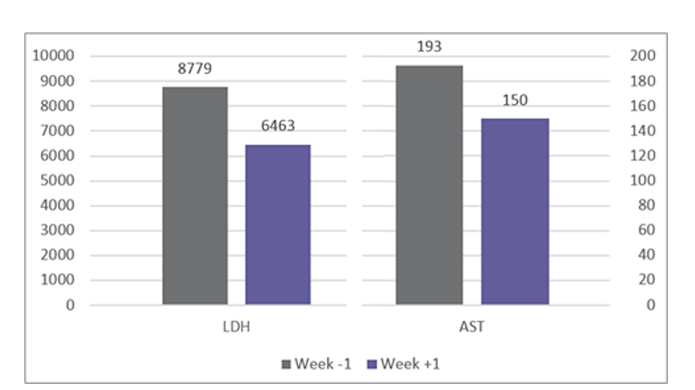
Figure 4. LDH and AST serum levels before and after DigestSea® administration (IU/L).
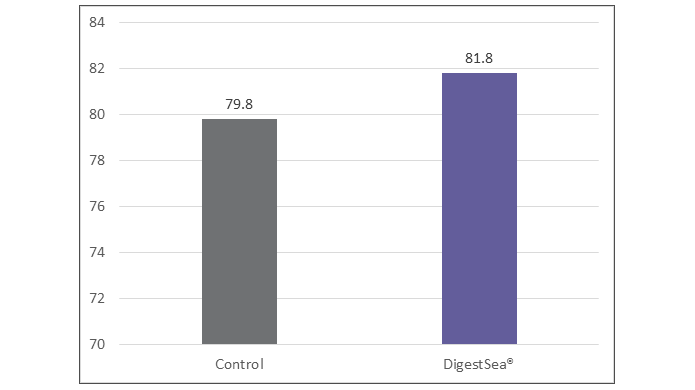
Figure 5. Laying rate between 50 to 70 weeks (%).
In conclusion, the use of nutritional supplement (DigestSea®) including macroalgae specific extracts, namely MSP®LIPIDS, seems to be an efficient strategy to stimulate digestive performance of laying hens thanks to its action on the enterohepatic cycle of bile acids as well as detoxifying enzymes.
